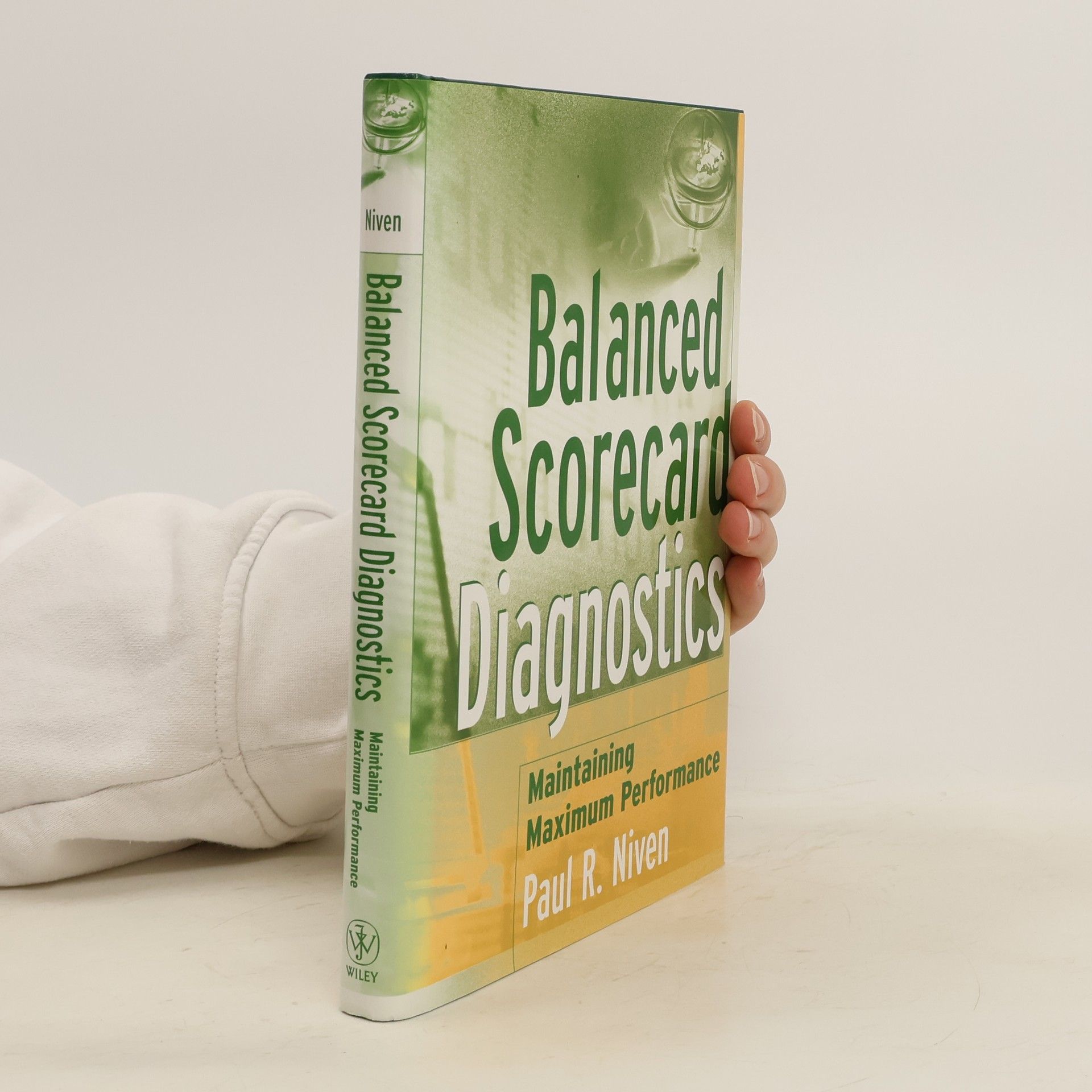Your one-stop guide to implement Objectives and Key Results (OKRs) effectively In business, OKRs—that’s short for Objectives and Key Results—are the gold standard for communicating and delivering on what you want to accomplish and how you’ll get there. OKRs For Dummies provides you with step-by-step guidance for following in the footsteps of some of the world’s leading organizations. Drive focus on what matters most, align and engage teams, and generally maximize the benefits OKRs have to offer, thanks to this easy-to-use guide. You’ll learn how to roll out an OKR system that closes the gap between strategy and execution, and helps people at every level organize their daily decisions around shared and important goals. It’s time to get strategic with OKRs. Understand the OKR methodology and determine the benefits for your organization Learn how to craft sound OKRs for every level and department of your business Discover best practices and common pitfalls to ensure success when applying OKRs Focus on the three aspects of the OKRs process: Adoption, Engagement, and Alignment Business owners, team leaders, C-suite executives, and coaches will love this friendly how-to manual for joining the OKR movement.
Paul R. Niven Book order
Paul Niven is a recognized authority on strategy, the Balanced Scorecard, and performance management. His work has significantly influenced the discourse on strategic management and has been translated into numerous languages worldwide. Niven shares his extensive knowledge and experience through speaking engagements and publications, shaping how future business strategies are conceived.





- 2023
- 2016
Objectives and Key Results
- 224 pages
- 8 hours of reading
OKRs have become especially prevalent as of late given Google's open endorsement of the framework, and this book will capitalize on growing interest in the topic. It will consider what led us to OKRs, the basics and ins-and-outs of OKRs, executive support, the overall implementation of the framework, and maintaining success. The outline of this book will largely mirror Paul's successful Balanced Scorecard Step-by-Step books, supplying practitioners with everything they need for effective OKRs implementation. Readers will benefit from a well-researched book that provides the latest theory, and more importantly, practice in OKRs. This book will provide a comprehensive walk-through of OKRs, from their beginnings at Intel in the 1980s to how to implement them effectively today and their place in the future of management
- 2006
Balanced Scorecard. Step-by-Step
Maximizing Performance and Maintaining Results
- 336 pages
- 12 hours of reading
PRAISE FOR Balanced Scorecard Step-By-Step: Maximizing Performance and Maintaining Results, Second Edition "As a practitioner and thought leader, Paul Niven is superbly bridging the gulf between BSC theory and application through hands-on experiences and real-world case studies.
- 2005
Balanced Scorecard diagnostics : maintaining maximum performance
- 224 pages
- 8 hours of reading
The complete guide to analyzing and maximizing a company's balanced scorecardPresenting the next step for balanced scorecard implementation, Balanced Scorecard Diagnostics provides a step-by-step methodology for analyzing the effectiveness of a company's balanced scorecard and the tools to reevaluate balanced scorecard measures to drive maximum performance. CEOs, CFOs, CIOs, vice presidents, department managers, and business consultants will find all the essential tools for analyzing a balanced scorecard methodology to determine if it's running at maximum performance and for seamlessly implementing changes into the scorecard.Paul R. Niven (San Marcos, CA) is President of the Senalosa Group, a consulting firm exclusively dedicated to helping businesses get best-in-class performance. He is the author of two successful books, Balanced Scorecard Step-by-Step (0-471-07872-7) and Balanced Scorecard Step-by-Step for Government and Nonprofit Agencies (0-471-42328-9), both from Wiley.
- 2002
Explaining how an organization can implement a performance measurement system using the Balanced Scorecard (BSC) methodology, this book provides background information and goes through the step-by-step development of a BSC system